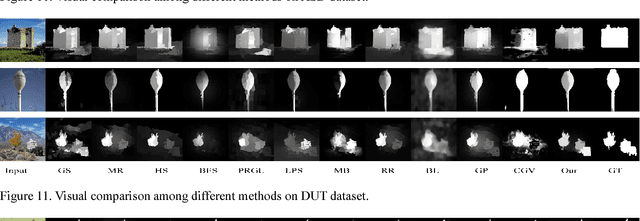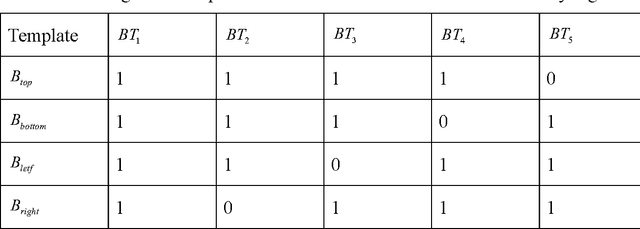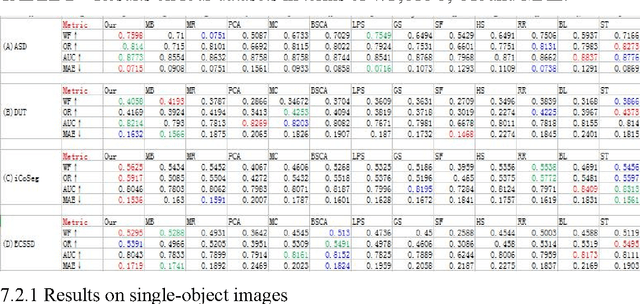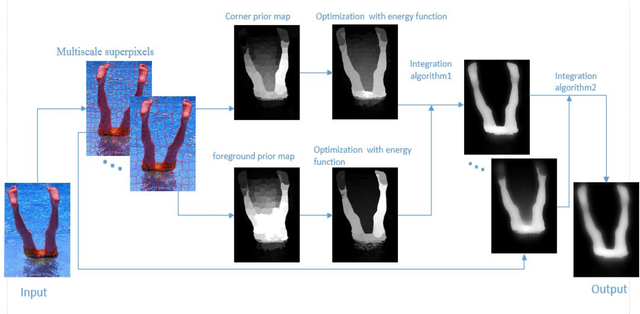Chenxing Xia
A novel graph structure for salient object detection based on divergence background and compact foreground
Nov 30, 2017



Abstract:In this paper, we propose an efficient and discriminative model for salient object detection. Our method is carried out in a stepwise mechanism based on both divergence background and compact foreground cues. In order to effectively enhance the distinction between nodes along object boundaries and the similarity among object regions, a graph is constructed by introducing the concept of virtual node. To remove incorrect outputs, a scheme for selecting background seeds and a method for generating compactness foreground regions are introduced, respectively. Different from prior methods, we calculate the saliency value of each node based on the relationship between the corresponding node and the virtual node. In order to achieve significant performance improvement consistently, we propose an Extended Manifold Ranking (EMR) algorithm, which subtly combines suppressed / active nodes and mid-level information. Extensive experimental results demonstrate that the proposed algorithm performs favorably against the state-of-art saliency detection methods in terms of different evaluation metrics on several benchmark datasets.
Saliency detection by aggregating complementary background template with optimization framework
Jun 14, 2017

Abstract:This paper proposes an unsupervised bottom-up saliency detection approach by aggregating complementary background template with refinement. Feature vectors are extracted from each superpixel to cover regional color, contrast and texture information. By using these features, a coarse detection for salient region is realized based on background template achieved by different combinations of boundary regions instead of only treating four boundaries as background. Then, by ranking the relevance of the image nodes with foreground cues extracted from the former saliency map, we obtain an improved result. Finally, smoothing operation is utilized to refine the foreground-based saliency map to improve the contrast between salient and non-salient regions until a close to binary saliency map is reached. Experimental results show that the proposed algorithm generates more accurate saliency maps and performs favorably against the state-off-the-art saliency detection methods on four publicly available datasets.
Saliency Detection combining Multi-layer Integration algorithm with background prior and energy function
Mar 05, 2016
Abstract:In this paper, we propose an improved mechanism for saliency detection. Firstly,based on a neoteric background prior selecting four corners of an image as background,we use color and spatial contrast with each superpixel to obtain a salinecy map(CBP). Inspired by reverse-measurement methods to improve the accuracy of measurement in Engineering,we employ the Objectness labels as foreground prior based on part of information of CBP to construct a map(OFP).Further,an original energy function is applied to optimize both of them respectively and a single-layer saliency map(SLP)is formed by merging the above twos.Finally,to deal with the scale problem,we obtain our multi-layer map(MLP) by presenting an integration algorithm to take advantage of multiple saliency maps. Quantitative and qualitative experiments on three datasets demonstrate that our method performs favorably against the state-of-the-art algorithm.
 Add to Chrome
Add to Chrome Add to Firefox
Add to Firefox Add to Edge
Add to Edge